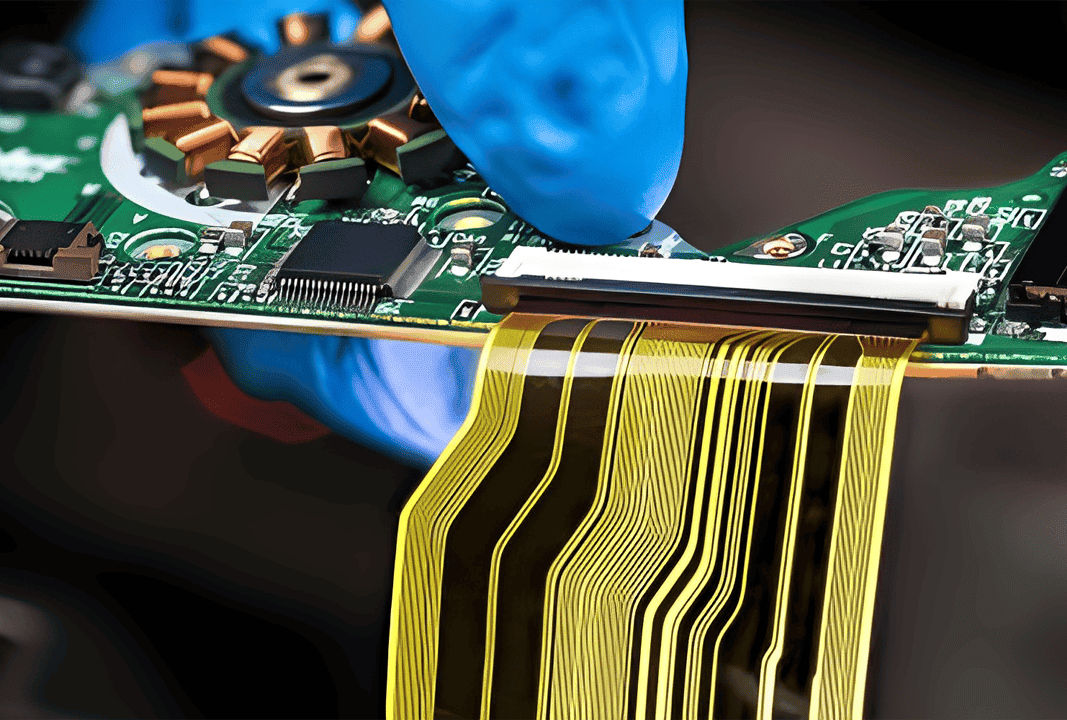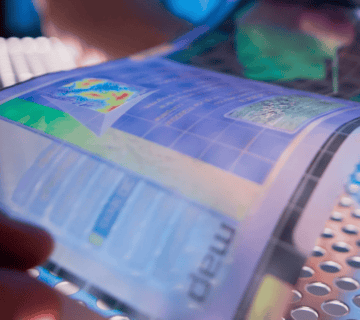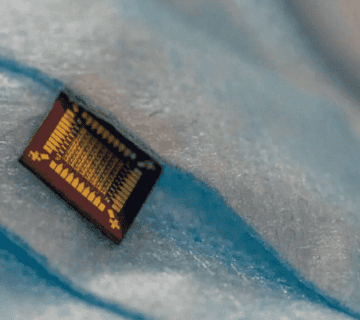A Versatile Solution for Modern Electronics
Hybrid (rigid-flex) printed circuit boards (PCBs) represent a cutting-edge innovation in electronic design, seamlessly combining the best attributes of flexible and rigid circuit boards. Featuring a multilayer structure, hybrid PCBs are created by integrating multiple flexible substrates with rigid panels, offering a versatile solution for complex and compact electronic systems.
Flexible layers in hybrid PCBs can be bent or shaped during installation, allowing for three-dimensional design freedom. Compared to traditional circuit boards, these hybrid designs provide lighter, more durable, and space-saving solutions, making them an ideal choice for modern applications.
Advantages of Hybrid PCBs
Hybrid PCBs offer a unique blend of design flexibility, compactness, and reliability. By integrating flexible and rigid structures, they enable designers to reduce the overall size and weight of devices while accommodating intricate geometries. This design approach minimizes the need for solder connections and connectors, reducing potential failure points. Additionally, the streamlined design process contributes to lower production costs, making hybrid PCBs both cost-effective and dependable.
Key Considerations in Hybrid PCB Design
Optimizing production processes for precision and compatibility is critical in hybrid PCB design. The Monobee device simplifies both design and manufacturing by eliminating the need for additional assembly or calibration. With a built-in calibration probe capable of measuring height with a precision of 5 microns, Monobee ensures seamless adaptation to various materials and surface heights. This high level of accuracy supports the efficient application of adhesive-based connections, which are particularly beneficial for the flexible sections of hybrid PCBs.
Monobee also facilitates the production of two-layer circuit boards using conductive ink, bypassing the need for vias. This not only enhances design flexibility but also accelerates production processes and reduces costs.
During the design phase, careful attention must be paid to the physical characteristics of the PCB. Sharp transitions in bending areas should be avoided, with smooth curves implemented to ensure structural integrity. The bend radius must be precisely calculated to maintain the safe functioning of the flexible layers, taking material properties into account. Additionally, coating and trace width must be carefully planned to enhance insulation and protect the flexible layers. With Monobee’s innovative solutions, these considerations lead to practical and reliable results in hybrid PCB manufacturing.
Applications of Hybrid PCBs
Hybrid PCBs are widely adopted across industries such as aerospace, defense, medical devices, and consumer electronics, where high performance and compact designs are critical. Their ability to deliver greater functionality in smaller spaces makes them indispensable for complex electronic systems.
Why Choose Hybrid PCBs?
By combining design flexibility with exceptional reliability, hybrid PCBs are integral to next-generation electronic systems. They offer lighter, more durable, and more compact solutions, providing a competitive edge for electronics manufacturers. If you’re seeking to harness the benefits of hybrid PCBs in your design and production processes, Beespenser is here to help. With tailored solutions and cutting-edge technology, we empower you to achieve superior results.
Create the Future with Beespenser
At Beespenser, we are committed to enabling innovation through our advanced technologies. Whether you are designing for aerospace, medical devices, or consumer electronics, our expertise and solutions ensure your hybrid PCB projects meet the highest standards of quality and efficiency.







